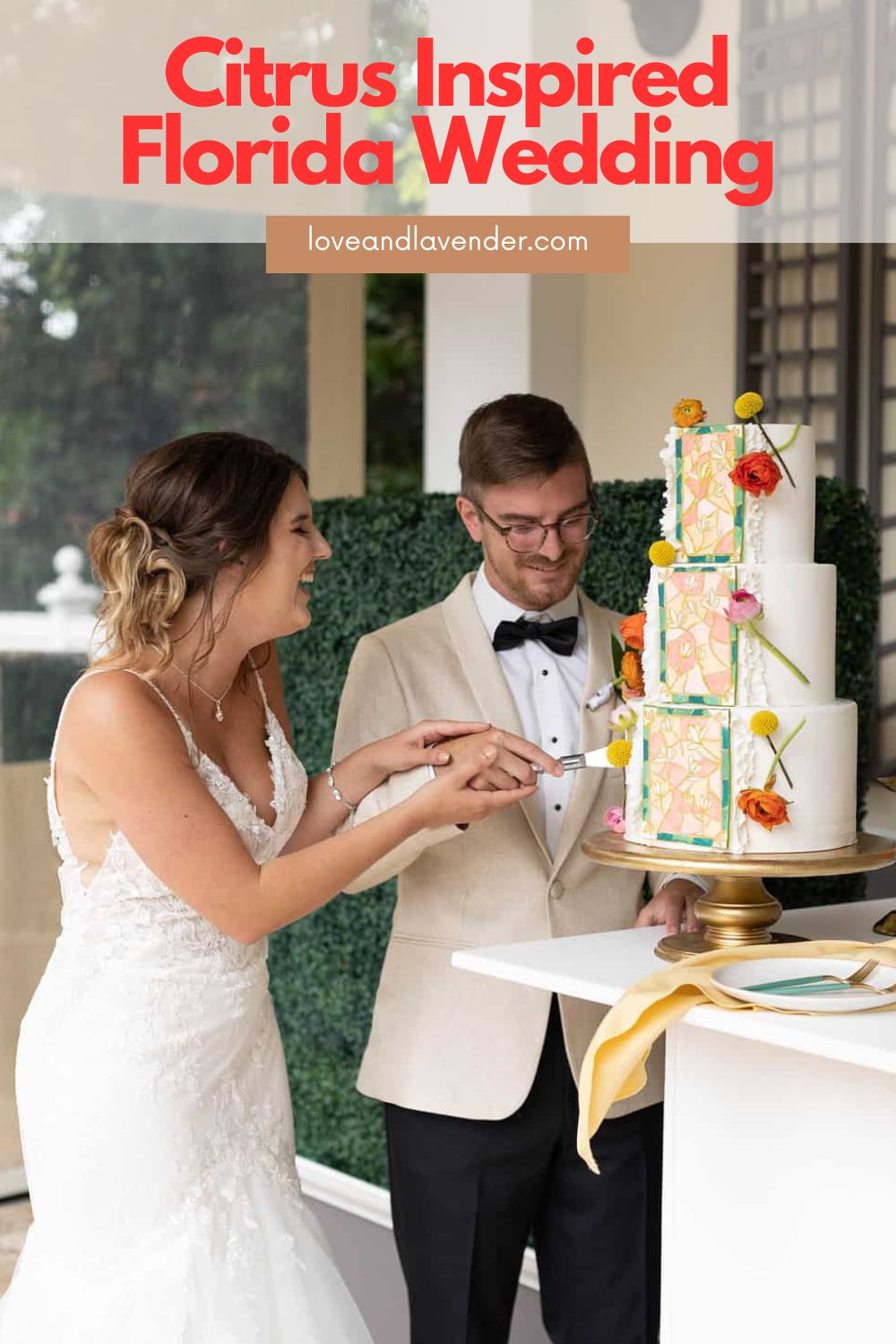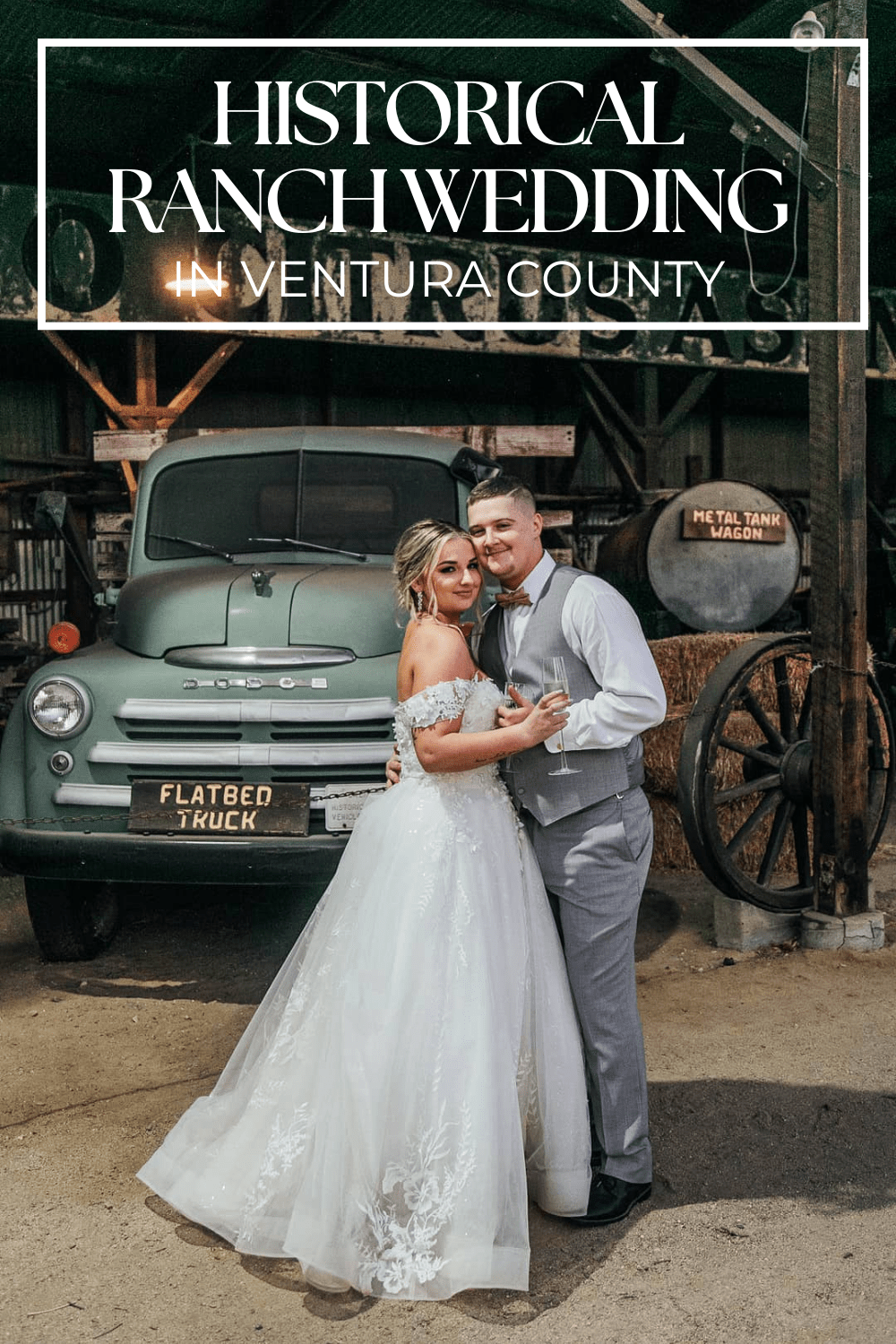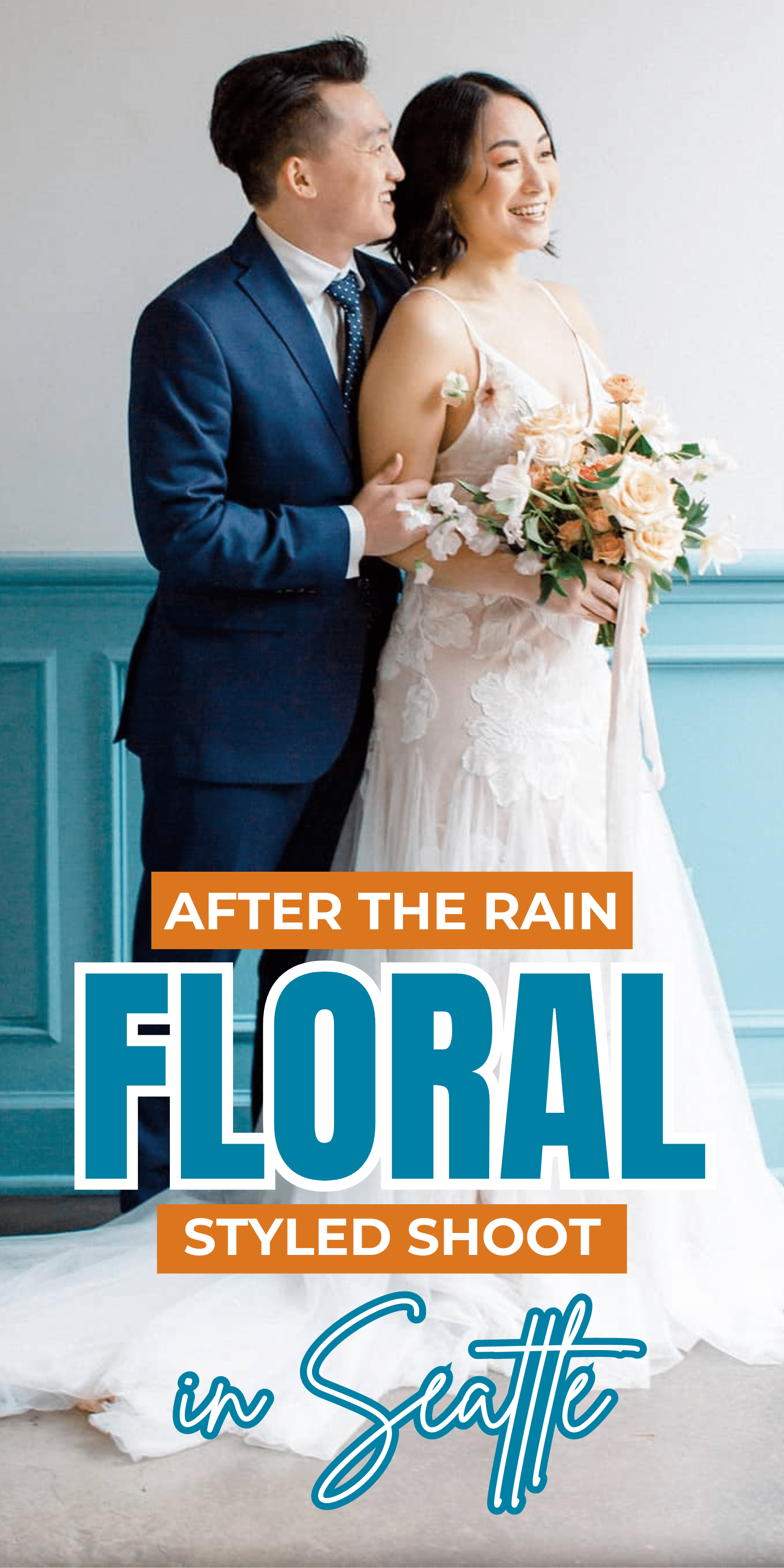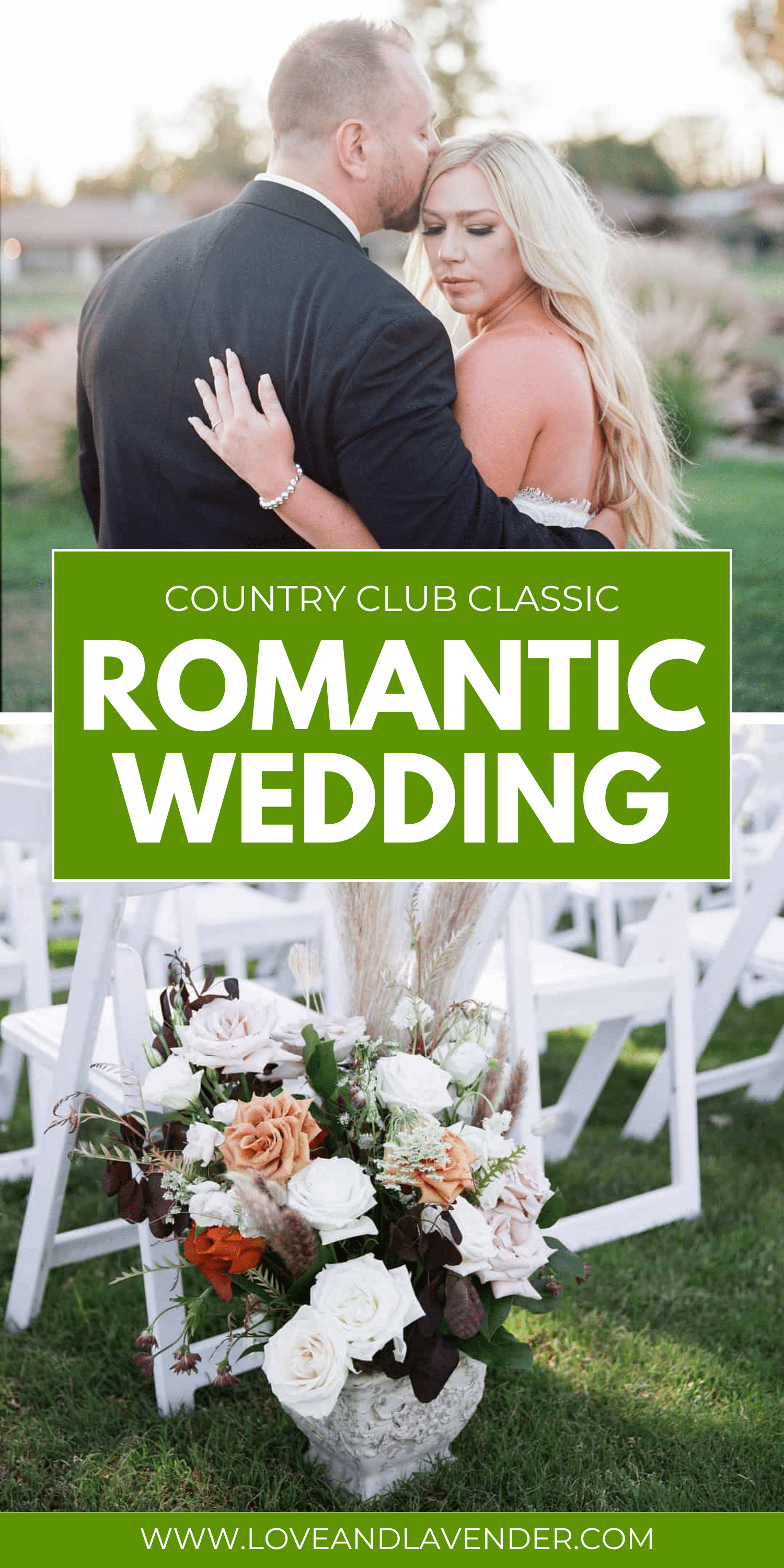While many diamonds are stunning enough to stand on their own, a diamond accent can mean the difference between “stunning” and breathtaking.
Imagine this scene…
You’re sitting in a darkened theatre, surrounded by the low chatter of excited theatre goers on either side of you. A show! How exciting! But wait — the curtain is lifting.
On the stage, a glittering 1.60 carat round brilliant diamond sparkles in a gentle pirouette. Every one of her 58 facets is a masterpiece in movement. The audience holds its breath.
But what is that emerging from stage left? A delicate little tapered baguette, supporting the star with her graceful poise. And just there, peeking out of the wings — a tiny trillion. You almost didn’t notice her, giving life and body and story to the performance.
Look! Dancing upstage, a line of glittering little micropavés, holding up the beautifully painted set.
The round brilliant takes a bow.
What Are Accent Diamonds?
Accent diamonds are the supporting players of the jewelry world. They are very real diamonds in petite sizes, often in simpler cuts, used to enhance the focal stones in rings, pendants, earrings, or brooches.
Depending on the design, you might have only one or two accent diamonds in your piece of jewelry, or you may have dozens. Accent diamonds can range from around 0.25 carats down to about 0.001, or a thousandth of a carat. These small sizes mean diamond accents can be used to create lovely artistic details as well as adding extra sparkle to the center stone.
Often accent diamonds are used in engagement rings to make the center stone appear larger. When talking about diamond jewelry, you’ll sometimes come across the term “TCW”, or “Total Carat Weight”, which means the combined carat of all the diamonds together.
For example, a ring with a TCW of 1.40 carats might actually have a center stone of 0.85 carats and an assortment of smaller diamonds that add up to 0.55. This ring would be significantly cheaper than buying a solitaire diamond of 1.40 carats, and will give you a visual alternative that’s just as eye-catching.
Diamond accents are also very popular in gemstone engagement rings. They add a bit of sparkle that the main stone wouldn’t have had on its own. Kate Middleton’s famous 12-carat sapphire, for example, is surrounded by 14 glittering round cut accent diamonds. This makes the ring appear larger and helps brighten it up. You can find diamond accents breathing life into sapphires, rubies, pearls, emeralds, and all sorts of other gemstones.
Diamond Accent Types
Like the supporting actors they are, diamond accents come in all shapes and sizes, meant to complement the main star of the show (or in this case, the main stone!).
1. Baguette
Baguette accent diamonds can be straight or tapered. Tapered baguettes are wider at one end and slim down towards the other, and can trick the eye into seeing the center stone as larger than it is. Both are simple step cut diamonds with 14 facets that reflect light beautifully without taking attention away from the center stone.
You can find baguette diamonds as vertical accents, horizontally along the length of the band, in channel settings (more on that below), or in show stopping designs such as ballerina rings.
2. Trillion Cut
Trillion or triangular cut stones are excellent supporting players in three stone rings, where they follow the natural curve of the band and help lift the center diamond.
They sparkle intensely and can be a bit distracting when paired with step cut diamonds or other simple cuts that don’t exhibit as much play of light. Paired with a round brilliant cut diamond, however, they put on a wonderful show.
 Pin
Pin3. Marquise
Marquises diamonds are rounded in the center and come to a point at either end, like an eye. They’re used to create a slimming effect on the band while adding some extra sparkle to the stone.
They can also be used to soften more geometric designs, such as this stunning vintage-inspired ring that combines marquise, round, and baguette accent diamonds.
 Pin
Pin4. Round Side Stone
Round diamonds are by far the most popular diamond accent and can be used in a variety of ways, as we’ll see below. One of the most common to see is as a single side stone or one on each side in a three-stone ring. Round accent diamonds can be “full cut”, with all 58 facets of a larger round brilliant, or they can be “single cut”, a simplified version with around 17 facets. This diamond shape is endlessly versatile, limited only by the jeweler’s creativity.
 Pin
Pin5. Halo
A diamond halo is one of the most classic, elegant, and timelessly versatile engagement ring styles. It refers to a flourish of petite diamonds encircling a larger central stone. Often you will see brilliant cut diamonds with supporting halos, but this style is popular with colored stones as well.
When a diamond halo is paired with a central diamond, it gives the stone the impression of being much larger than it actually is. When paired with a darker gemstone, it brings light and sparkle to the piece. Halos are particularly lovely in rings and stud earrings, but they also find their way into pendants and other jewelry pieces.
6. Pavé
“Pavé” is the french word for “paved”. This jewelry style refers to the appearance of a cobblestone street, tiny diamonds fitting together in a glittering expanse. Often in a pavé setting the accent diamonds run along the ring band, but sometimes they’re used creatively to cover a large amount of space, such as this pavé diamond ring here.
They’re quite affordable compared to larger diamonds and give the look of something much more flashy and expensive. Pavé stones are usually 0.01-0.02 carats. These tiny diamonds are held in place with metal beads or prongs.
One thing to be aware of: although a pavé diamond band creates a stunning statement, it makes resizing your ring very difficult. If you’re looking at a full pavé diamond setting, make sure you know the exact right size before purchasing. Alternatively, you can look at a ring with pavé diamonds going only half way or less around the band, leaving a strip of solid metal at the back for any future sizing or repair issues.
7. Micropavé
Following the cobblestone footsteps of pavé diamonds, micropavés refer to stones less than 0.01 carats. Each perfectly faceted accent stone looks like a little pinprick of light.
Unlike the pavé setting, micropavé band rings often can’t be distinguished as individual diamonds without looking very closely. They’re small enough that you can have several rows of them side by side, which gives the ring a wash of glittering light reminiscent of the Milky Way.
8. Channel Set
Channel settings are similar to pavés in that they use several very small diamonds all together. The difference is that while pavé diamonds are held in place individually by tiny beads or prongs, channel set diamonds are held in place by a strip of metal on either side that runs along the length of the band.
While you can often find channel set round diamonds, the effect is particularly stunning with geometric shapes like princess cut and baguette diamonds. The channel setting puts the straight edges side by side and makes it look like a solid diamond road all the way around the ring. Here is a good example of a perfectly crafted channel set band.
Diamond Accent FAQs
Diamond accents certainly do add value to a piece of jewelry, both in terms of the carat weight of the diamonds and the additional craftsmanship used to set each one. In terms of “scrap value”, however, it would be difficult to resell any accent diamonds on their own.
Jewelry manufacturers buy very small diamonds in quantities of 100 carats TCW (total carat weight, remember?) or more quite inexpensively, which gives them the financial flexibility to play with different designs. Like larger diamonds, the value of diamond accents depends on their quality, size, and complexity of their cut.
Just like large diamonds, the security of diamond accents depends on the type and quality of the setting. Channel and bezel set accent stones are the most secure; prong settings are a little bit more susceptible to everyday wear. When looking at halo or pavé set diamonds, it’s worth familiarizing yourself with the jewelry retailer’s warranty and replacement policy.
The good news is that losing these stones is still relatively uncommon, and replacing them is quite affordable and straightforward.
Accent diamonds are graded with the same factors in mind as larger diamonds, particularly color and clarity. The difference is that most accent diamonds will be given a grading range rather than one specific grade, for example G-H rather than G color or VS rather than VS1 or VS2.
In general, larger accent stones will be more likely to have detailed grading information than smaller ones. For instance, the side stones in a three-stone ring will be more likely to have specific characteristics listed on the ring’s grading report than the diamond accents in a micropavé band.
No. Like many fine jewelry decisions, it really depends on personal preference. If you have a diamond of rare, exceptional quality, a classic solitaire might be the right choice for you. But if you prefer a slightly flashier look or you want to enhance a smaller stone, a ring with a diamond accent might appeal to your specific tastes.
Diamond Accents: Supporting Without Stealing the Show
There is nothing wrong with letting your diamond take the stage as a solo act. However, accent diamonds open up an entire world of creative possibility. You can find petite diamonds in jewelry that’s subtle and ostentatious, retro and contemporary, poetically feminine and forcefully geometric. There are accent diamonds to fit every personality.
As with all things in the fine jewelry world, the right piece will always be the one that’s right for you.
Did you find this post useful? Would you like to get back to it later? Save THIS PIN below to your Rings board!
 Pin
Pin


















Leave a Reply